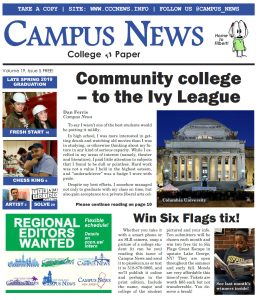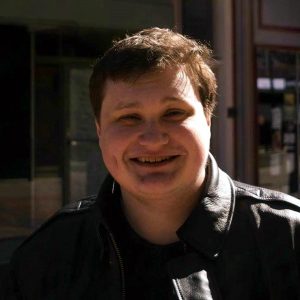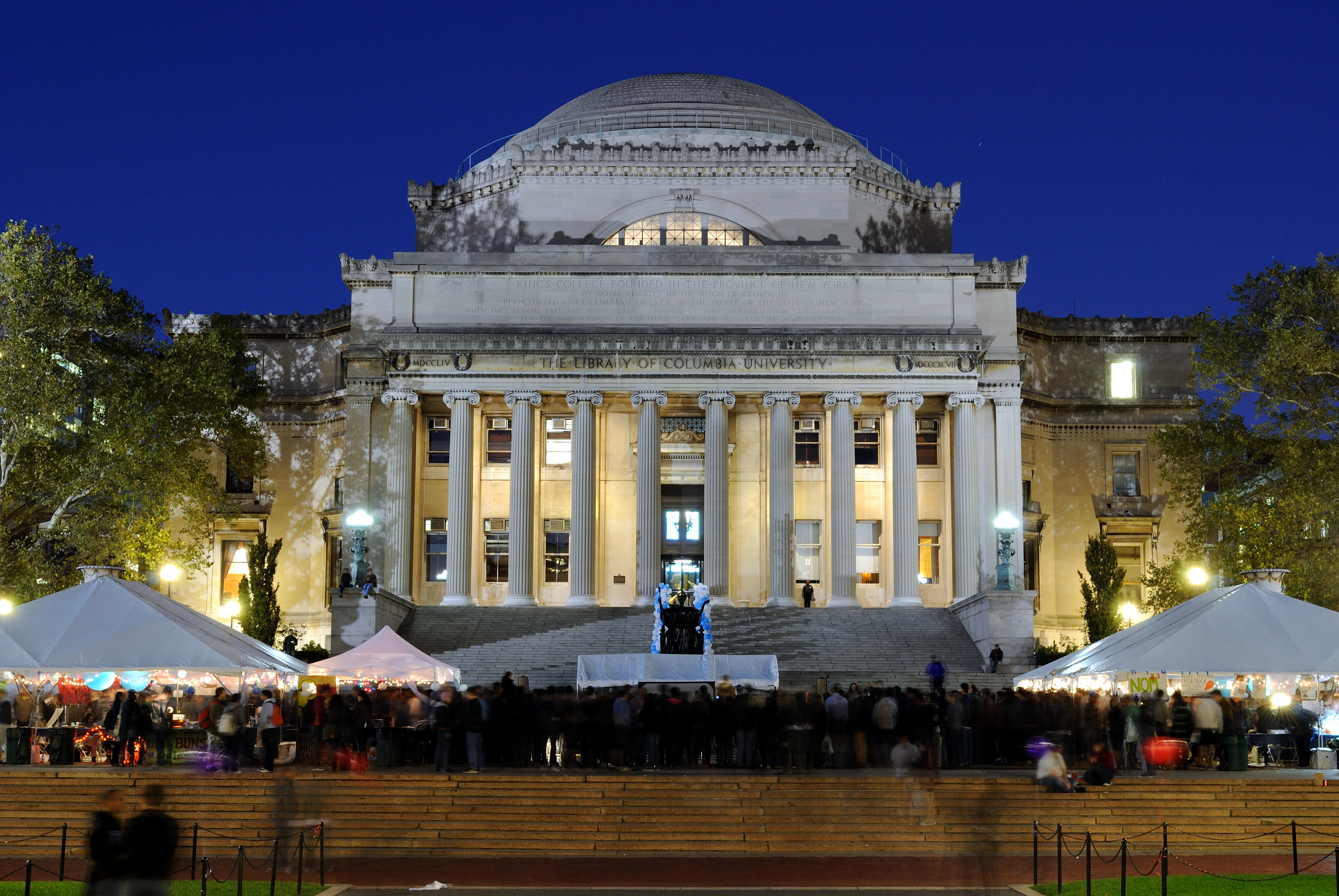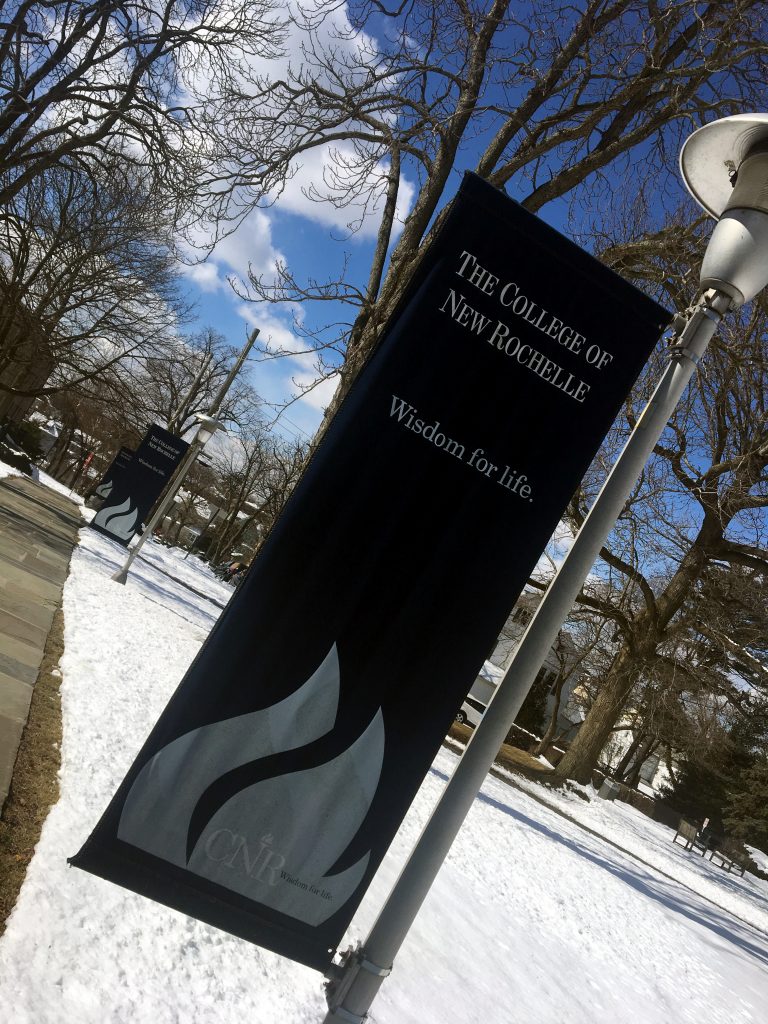By Dan Ferris
Campus News
To say I wasn’t one of the best students would be putting it mildly.
In high school, I was more interested in getting drunk and watching old movies than I was in studying, or otherwise thinking about my future in any kind of serious capacity. While I excelled in my areas of interest (namely, theater and literature), I paid little attention to subjects that I found to be dull or pointless. Hard work was not a value I held in the highest esteem, and “underachiever” was a badge I wore with pride.
Despite my best efforts, I somehow managed not only to graduate with my class on time, but also gain acceptance to a private liberal arts college close to my hometown. My freshman year, however, yielded more of the same: skipped classes, incomplete assignments, and a general disdain for anything even remotely related to my best interests. This, combined with a couple of painful events in my personal life, led me to conclude that college just wasn’t for me. I left school after my second semester, having flunked almost all of my classes.

After dropping out, I was aimless. I had just turned 20, with only a few college credits to my name and nowhere to go. I spent my days fantasizing about writing and producing a comedy web series, but rarely sat down to do the work. Ultimately, I decided to go back to school. The cost of my previous college, much less the abysmal 0.47 GPA I had dropped out with (yes, you read that correctly), made returning there out of the question. Reluctantly, with few options available, I enrolled in community college.
Contrary to the expectation I’d had of community college being a haven for screw ups and dropouts, my experience could not have been more positive and empowering. At Schenectady County Community College, my alma mater, I met a diverse variety of hardworking, passionate people from all walks of life, brought together under one common goal: to better themselves. I rediscovered my love of learning, and after seeing the potential that comes with taking my education seriously, began to apply myself with a discipline and fervor that I hadn’t experienced in years. This hard work paid off, and I graduated a year and a half later with a much-improved GPA, glowing recommendations from my instructors, and a renewed optimism regarding my future.
When it came time to decide my next move, an Ivy League institution was the furthest thing from my mind. Sure, I had worked hard to improve my academics, but I still had the failure of my first venture into higher education lingering over my head, something that I would surely have to explain to any admissions board. At the advice of a mentor, however, I set my sights higher than I would have otherwise, vowing to take my shot at the best school possible.
Getting into an Ivy League school is always difficult, but it’s especially tricky as a transfer student. Competition is particularly fierce. Prospective transfer students to Harvard face acceptance rates averaging about 1.5-2% each year. Up until 2018, Princeton didn’t offer the option to transfer at all. Despite these grim odds, however, many elite institutions are beginning to build programs geared towards transfers and nontraditional students. While this demographic has historically been cast to the side, there is a growing acknowledgement among top universities of the value they can provide these communities.
This is particularly true at Columbia University, the school I ultimately chose, and now proudly call my home. Of all the Ivy League institutions, Columbia is one of the few to have a dedicated undergraduate school geared towards the needs of nontraditional students. The School of General Studies, established in 1947, offers students from diverse backgrounds (alumni include artists, military vets, elderly immigrants, and CEOs, among others) the chance to study at one of the foremost universities in the world. Admissions standards are likewise cutthroat, and once admitted, students take the same courses as those enrolled in Columbia’s other two undergraduate schools. After reading up on the history of GS and their higher mission, I knew there couldn’t be a better choice for me.
In my application, I held nothing back: no, I’m not a perfect student. I don’t have a 4.0 GPA. My quantitative reasoning score on the SAT is, frankly, a little embarrassing. On paper, I’m not the ideal Ivy League candidate. But what I am good at, I’m really good at. It was uncomfortable to bare my flaws in such a straightforward manner, but clearly, it worked. The admissions board saw something in me, and I was granted an offer of admission shortly thereafter.
As hardworking and passionate as nontraditional and community college students may be, we also tend to come with a certain level of insecurity regarding our abilities, or even our right to assert ourselves as competent, high-performing members of society. We tend to accept mediocrity as our lot in life, abdicating our potential to limiting beliefs that lie and tell us we’re just not up to snuff. I am here to tell you, as witness to the power of what a pinch of foolish bluster and slightly delusional self-confidence can do, that this is simply not the case. I guarantee that you are capable of achieving far more than you currently think. So stop thinking so much for once, and do.
I went from an aimless college dropout to an Ivy League student — and you can, too.
 Dan Ferris is a writer and marketing consultant based in NYC. He is currently attending Columbia University.
Dan Ferris is a writer and marketing consultant based in NYC. He is currently attending Columbia University.
Bonus: The Comics (Click on Other Stories to See More Comics)
“Bound & Gagged” by Dana Summers. In agreement with TCA. Click to Expand.






Facebook Comments